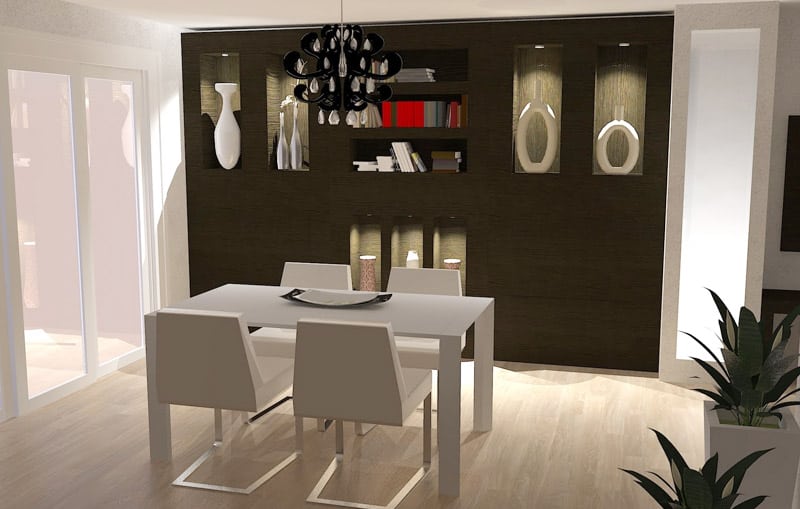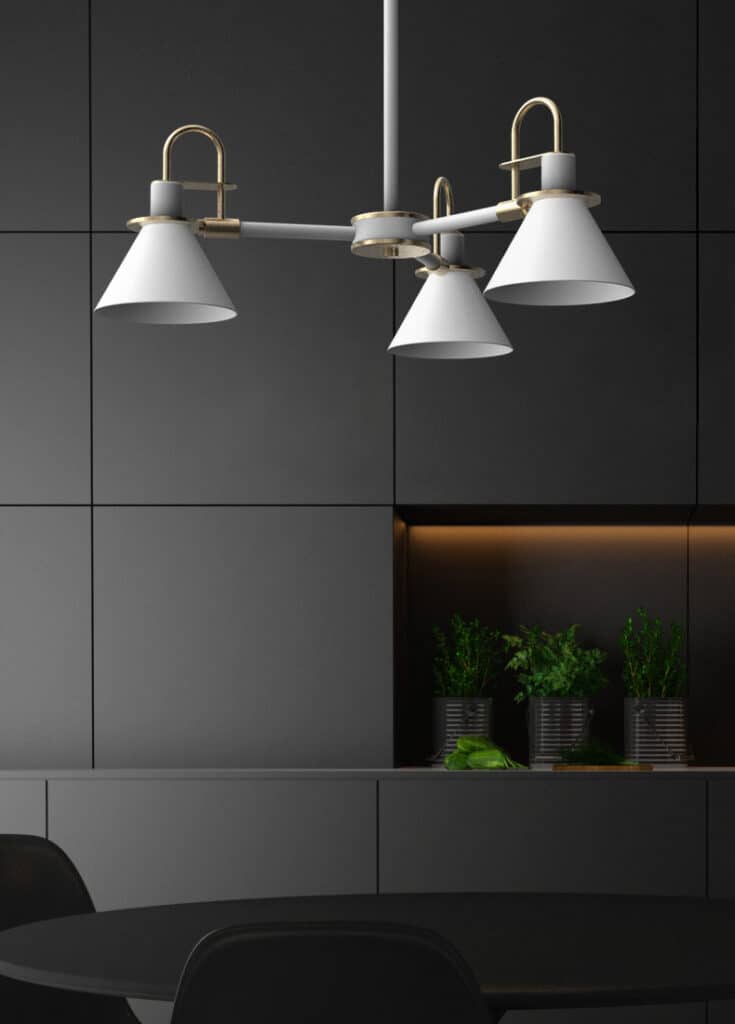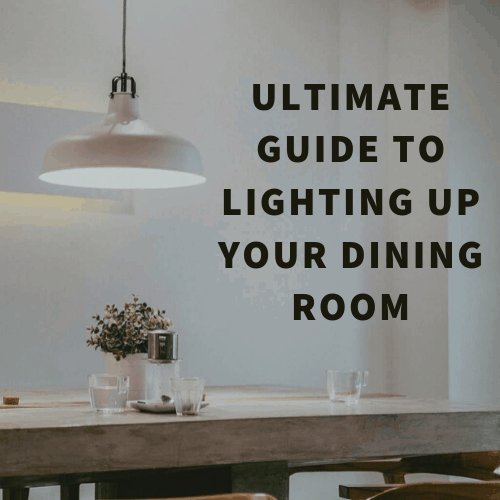 The dining room has always been a place of gathering where bonding takes place and meals are shared. In modern times, the dining room has also been used for studying, reading, working and many more. This just goes to show why the dining room is a special place in a home. With this, proper lighting is critical to foster an atmosphere of comfort, good ambience, and functionality. With lots of tasks accomplished in it, which light do you think is the best for a dining room?
The dining room has always been a place of gathering where bonding takes place and meals are shared. In modern times, the dining room has also been used for studying, reading, working and many more. This just goes to show why the dining room is a special place in a home. With this, proper lighting is critical to foster an atmosphere of comfort, good ambience, and functionality. With lots of tasks accomplished in it, which light do you think is the best for a dining room?
Whether you dine alone or with your family, entertain guests or do other tasks, you want to make your dining room better through lighting. For a multifunctional place like the dining room, there has to be a sense of balance to cater all purposes. Continue reading below to see our ultimate guide to lighting up your dining room.
Layer your Lighting
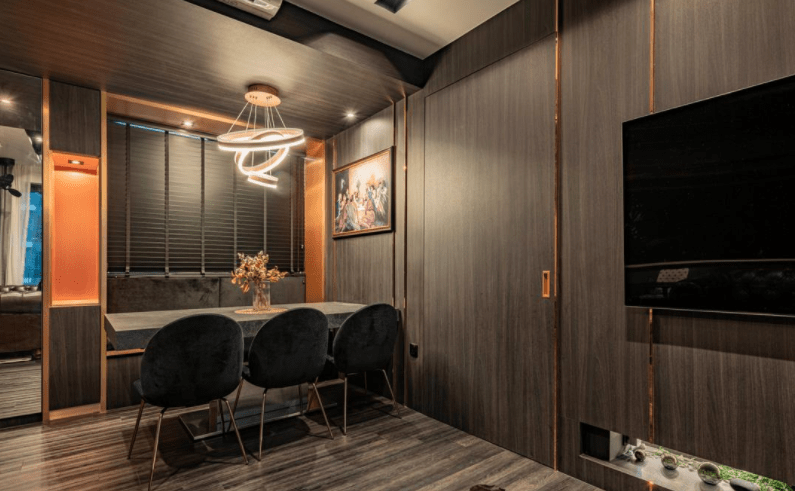
There are three main types of lighting commonly used to layer rooms for proper illumination. In order for you to make the most out of your room, you have to use at least two of the following:
Ambient Lighting
For the dining room, ambient lighting is the most important type. It provides general level of lighting so you, your family and your guests can see the food clearly, move around easily, and be comfortable with whatever you are doing.
Practical Tip:
Ambient lighting is a must in the dining room. Chandeliers, hanging lights, ceiling lights and pendant lamps are most commonly used. You should choose and provide one piece or one set above the center of your dining table, achieving balance between functionality and aesthetics.
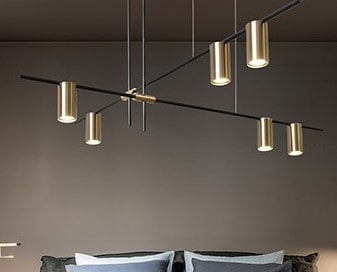
Accent Lighting
With accent lighting, important objects or architectural details can be highlighted and emphasized. From the word itself, it helps in setting the mood by providing accent for a more creative touch to your dining room.
Practical Tip:
The dining room is a good place to showcase works of art, architectural details, decors, and even your prized plates. Use spotlights or track lights to underline artworks or decors. You can also use under cabinet lights to give more accent to your display cabinet of expensive and decorative plates. One sided or perimeter cove ceiling lighting can also be used to double as ambient lighting while also providing accent lighting for a more cozy feel to your dining room.
Task Lighting
Task lighting provides bright and focused lights that can aid in accomplishing tasks. It is a big help in avoiding eyestrain.
Practical Tip:
For dining, task lighting isn’t really much needed. But if you intend to use dining for other purposes like reading, studying, and working, you may opt to put task lighting. Pendant lights can work both as a decoration and a task lighting tool. Corner floor lamps and wall lamps can also be used, especially if the dining table is near the wall. You can also go with track lights and spread the focus of its heads with one specific to where you usually sit when doing special tasks.
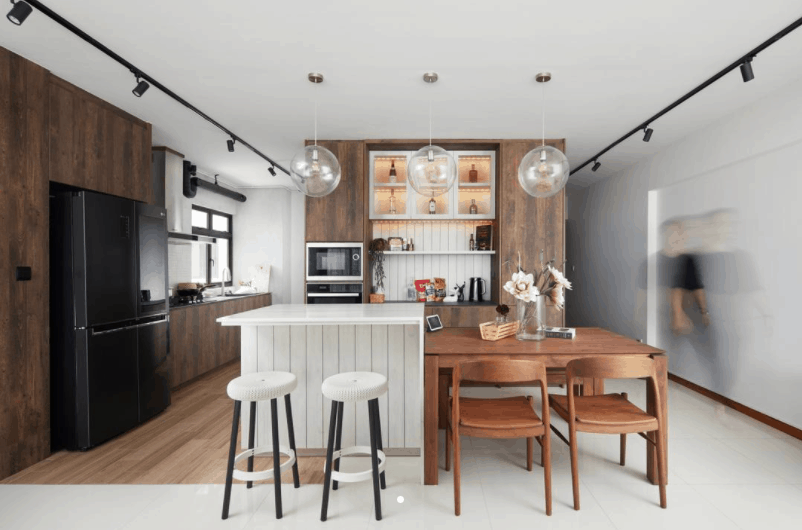
Statement Lighting
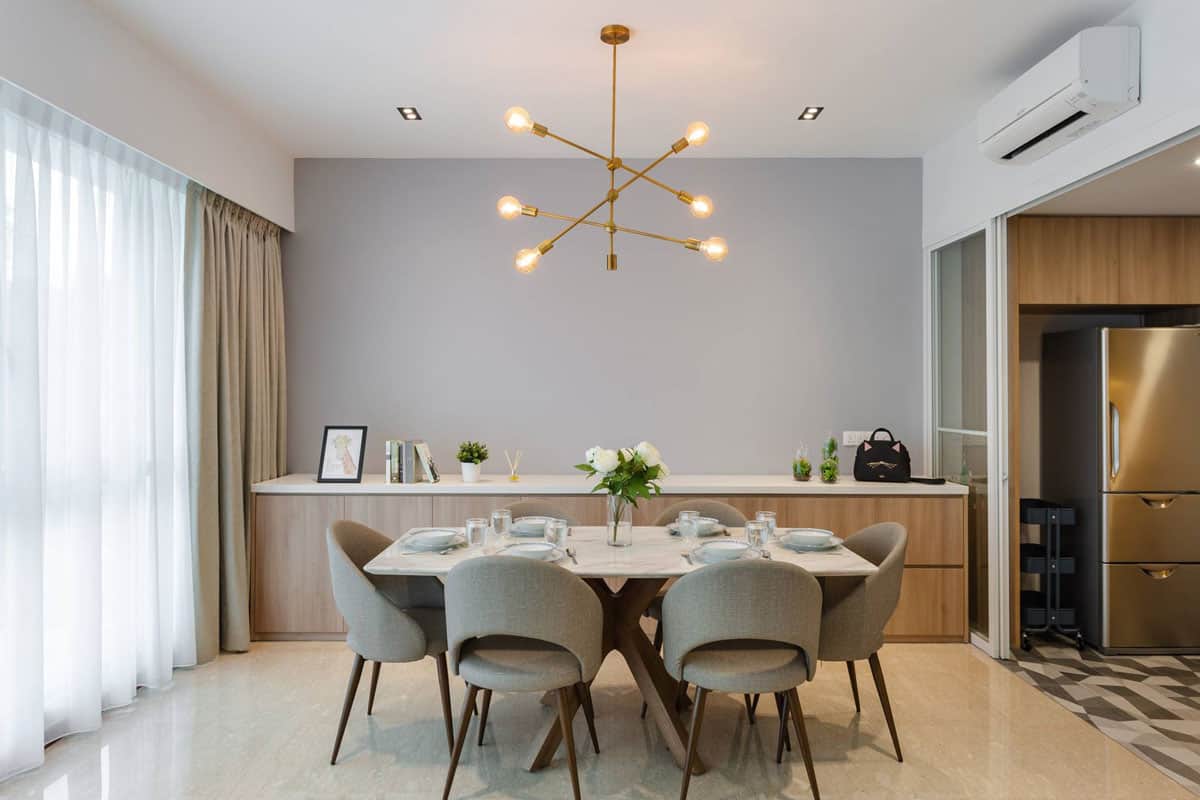
Now that you know what layering is all about, we can dive in to the specifics. Start your dining room lighting with a statement piece. Think of it as your investment, something you will be using and seeing for several years. It’s called a statement light for a simple reason- it has to make a statement! It’s expected to be the centerpiece of your dining room together with your dining set.
You can go with a timeless classic like a chandelier, or opt for something more modern such as a hanging lamp. A pendant lamp or sets of pendant lamps are also advisable.
Shop this here: Millashon Minimalist Classy Macaron
Scale your Statement Light
Having a statement light is not simple as buying something very eye-catching. If you truly want to make a statement, maybe you wonder if installing a huge chandelier will do the job. Sorry to burst the bubble, but no! There should be a conscious effort to scale the size of the fixture to the table. With the right proportion between your statement piece and dining table, a visual balance can be maintained.
Width
When you go with a lighting fixture that’s too big, it may make your dining room smaller. If you choose something too small, it may go unnoticed and simply off. As a rule of thumb, go for a chandelier or a pendant light less than 0.60m wide if your dining room is less than three (3) meters in width. This will look right and appealing, If your dining room is more than 3 meters wide, go for a bigger fixture to match.
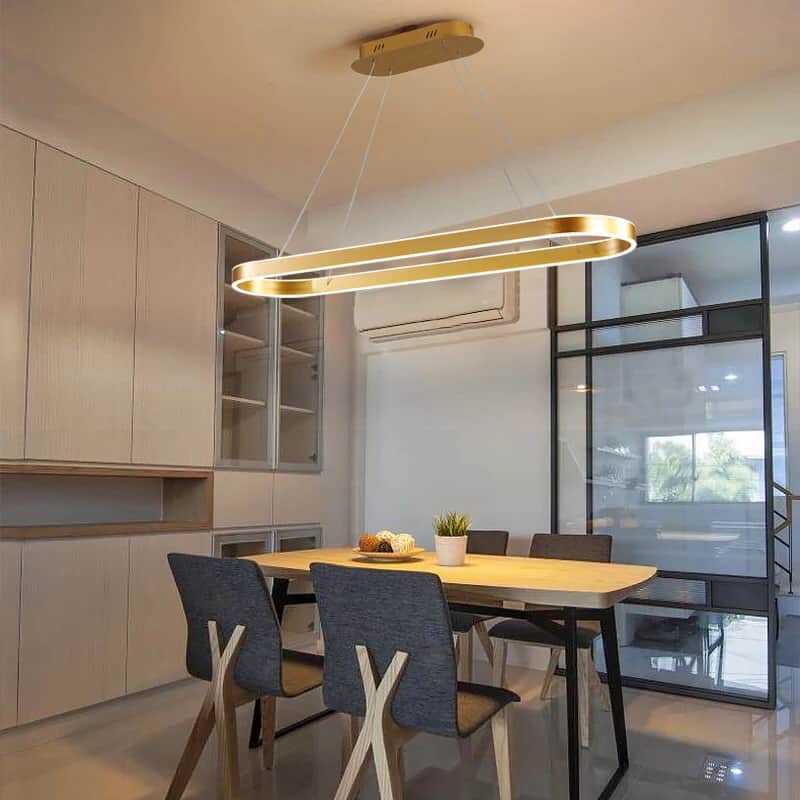
Shape
The shape of your lighting fixture will depend on your dining table. It’s a big no-no to match linear pendant lighting to a circular table. Can you imagine it?
Instead, go for a single lighting fixture or pendant lamps in staggered heights for a round table. This is also applicable for a square table.
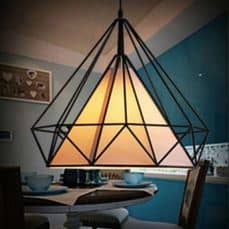
For a rectangular table, you can choose among a large rounded fixture, two hanging fixtures on the ends, or linear suspension. Most of the time, this will also work for an oblong table.
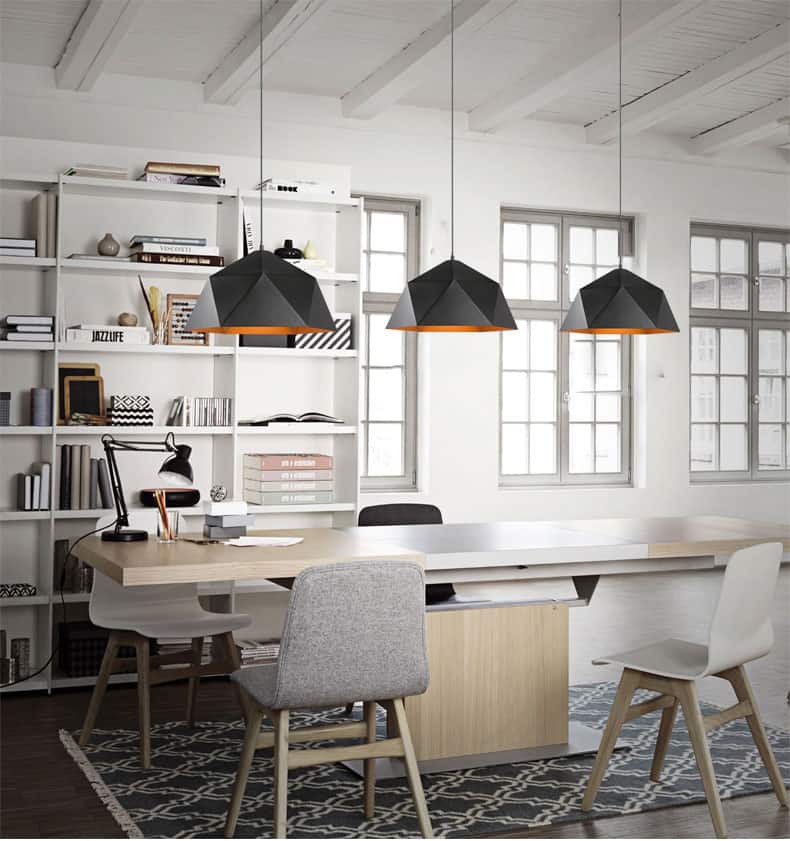
Height
The height of your statement light can affect the whole look of your dining room. If your house or apartment has a low floor to ceiling clearance, don’t choose a chandelier or a pendant lamp as your statement piece. Instead, there are ceiling mounted lamps that are both nice and has acceptable thickness for your dining.
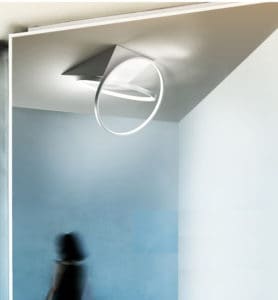
If a chandelier or a pendant lamp is possible, the minimum acceptable clearance between the surface of the table and the bottom of the light should be 0.75meters. If possible, you can still choose to install it high enough to ensure that you or your guests will not bump your heads onto it.
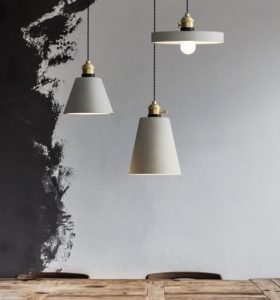
Brightness
Lighting plays a big role in setting the ambience of your dining room. The brightness of the light you choose can greatly affect the dining experience. It’s not advisable to have something too bright. But don’t choose something too dark as well, as you may not be able to see the food on the table. When you buy light bulbs, note that it is usually associated with wattage. Manufacturers name these bulbs in accordance to the light’s electrical power. Make sure to know the area of your room so you may be able to choose the right wattage of light.
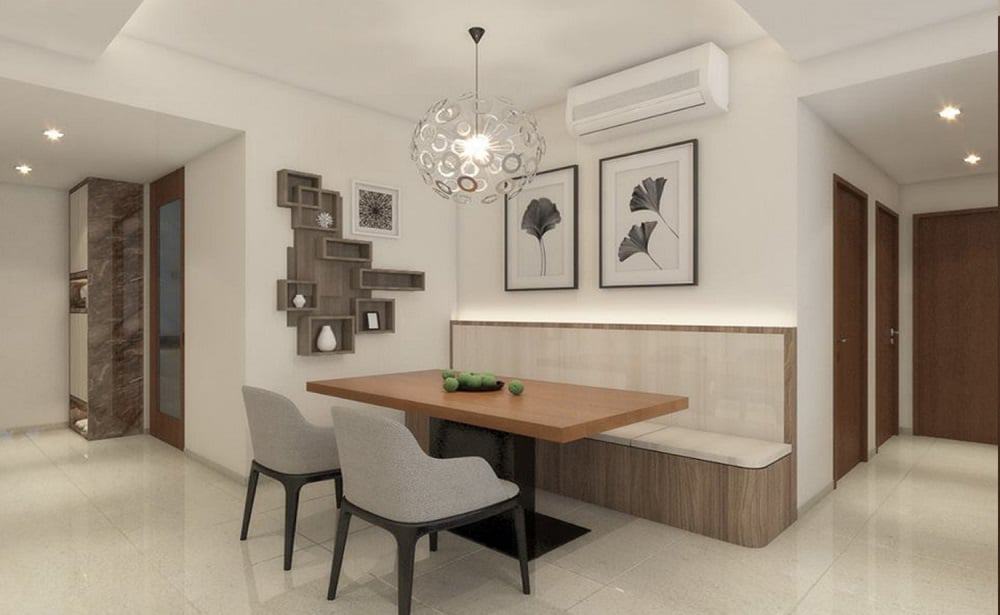
Color Temperature
The recommended color temperature for a dining room is from 2,200K to 4,000K. It ranges from warm white (yellowish) to daylight (close to white). Cooler light will help you, your family, and your guests see what they’re eating better. On the other hand, warmer light can keep your appetite up. A mix of the two with different switches can be a big help.
We usually recommend a color temperature leaning to warm-white of 2700K-3000K for the dining room. This can make your dining experience more pleasant and relaxing. If you use the dining table for work tasks, you can consider to install daylight or those with color temperature of cool-white around the perimeter. You may also go for three way light bulbs so you have a choice of three-color temperatures in just one single bulb.
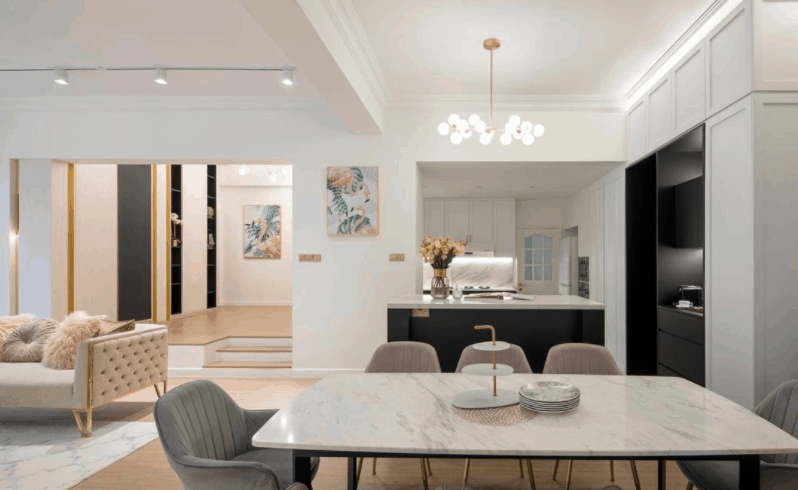
Going back to the question earlier, what light is the best for a dining room? Actually, there’s no definite answer to this. It can be a chandelier, ceiling mounted light, pendant lamp, recessed lights, track lights, wall lamp, or a mix of multiple of these. What actually matters is the way these lights are used. Layering, scale, position and brightness should all be considered to achieve a well-lit dining room. Understand and follow this guide to achieve a better dining room through lighting.
